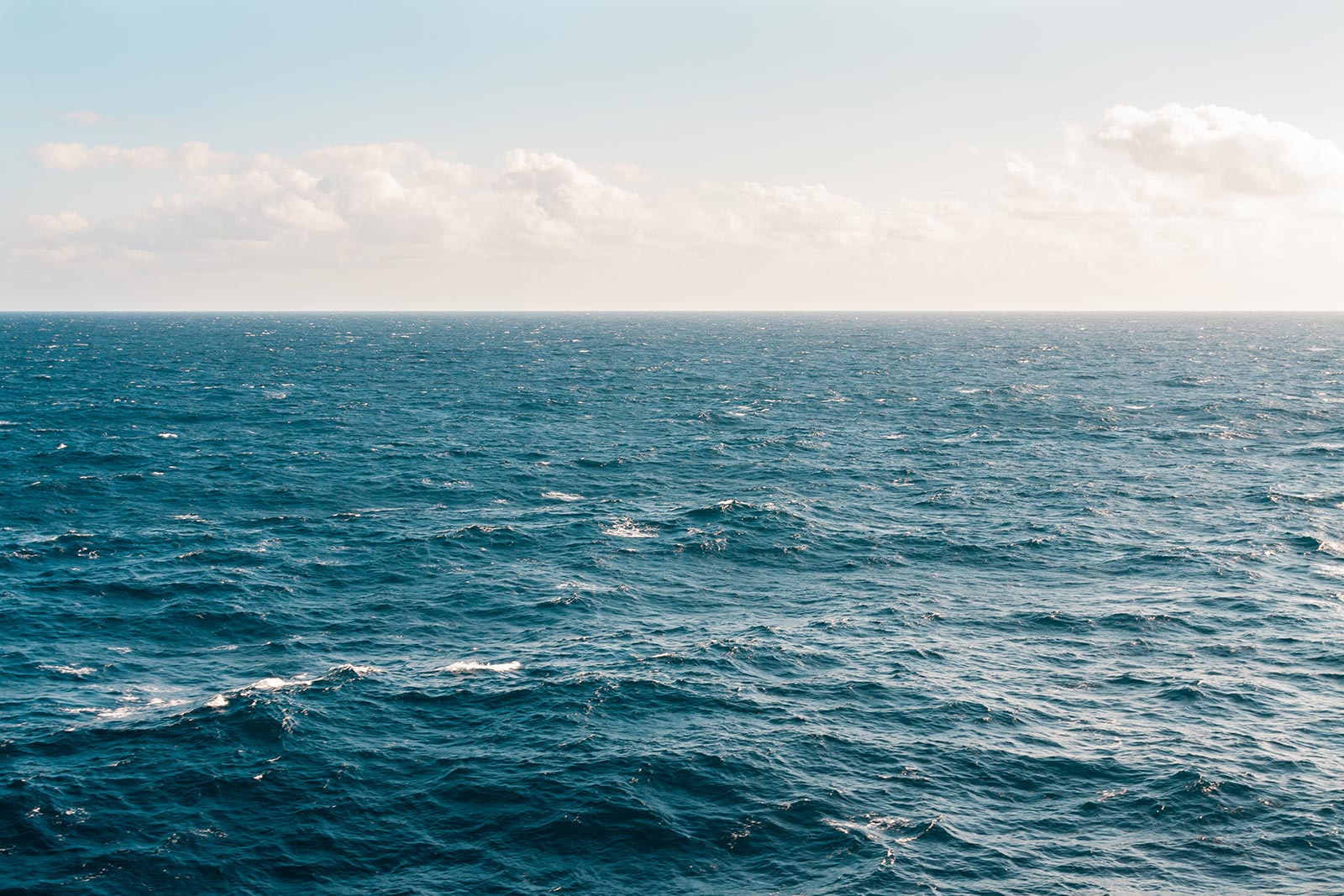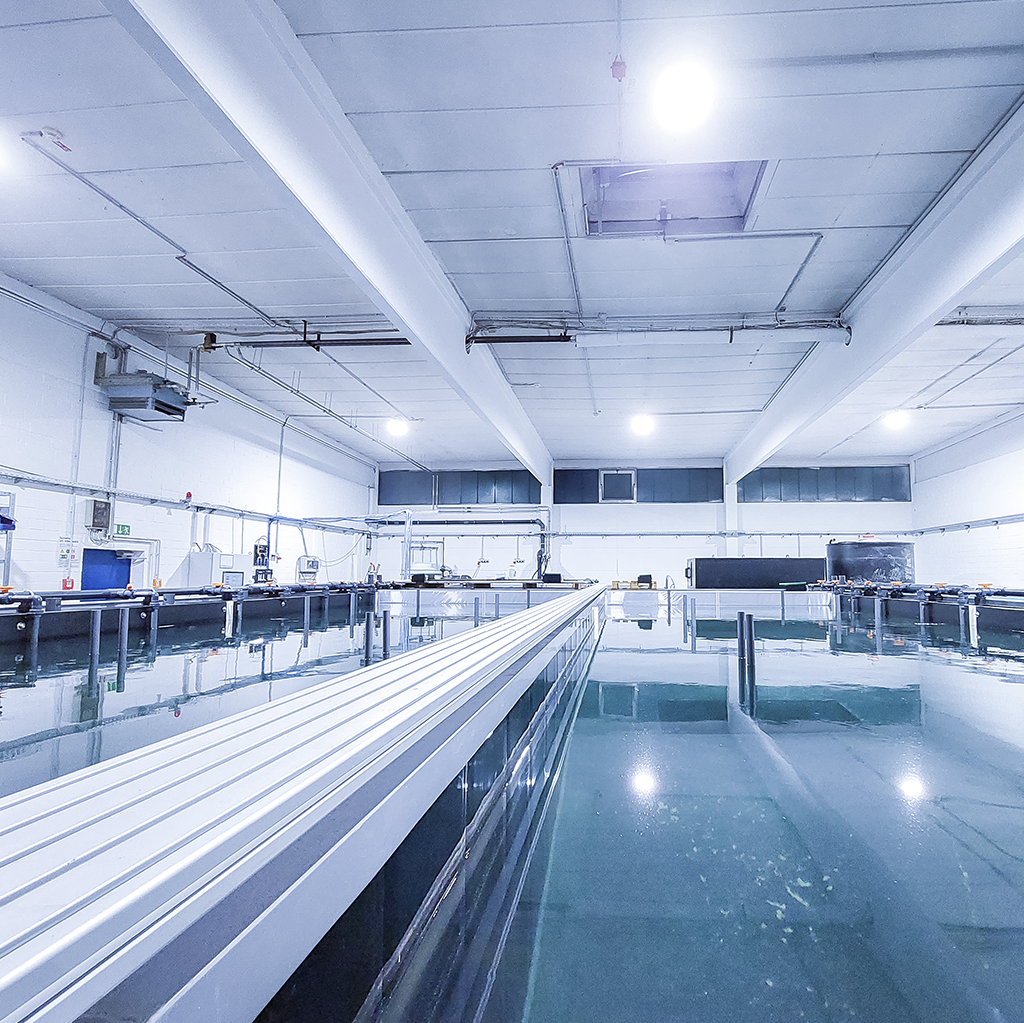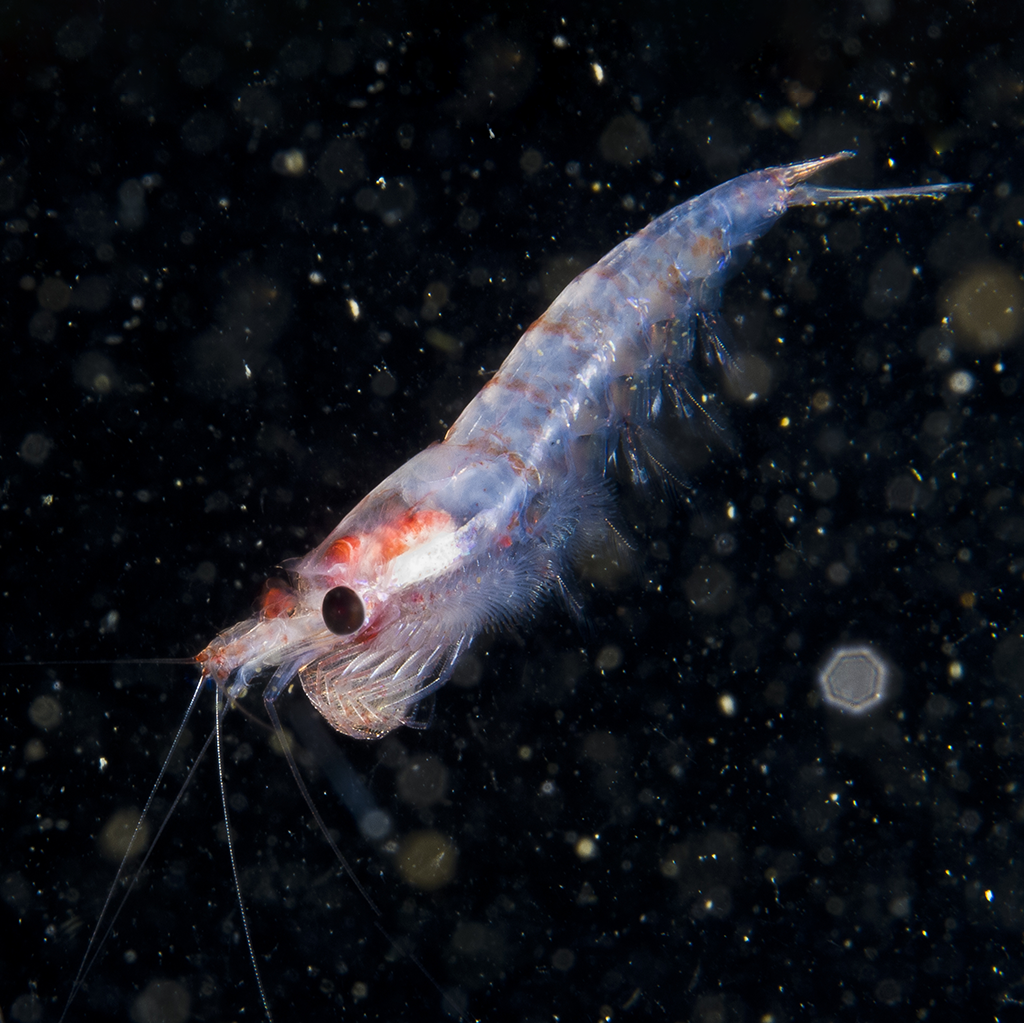
THE COST OF CONVENTIONAL SEAFOOD PRODUCTION
How to feed
the planet?
Supplying a population of 10 billion by the year of 2050 while not robbing the world of its resources, is a challenge we all face.
The only solution is for farming and food industries to become much more sustainable.
This move forward an environmentally friendly food industry requires making changes to the whole model of growing, processing, transporting, storing, and selling food.
One thing is
for sure:
The inevitable protein gap cannot be solved through conventional, highly intensive meat and fish production.
Closing the protein gap demands more effective and efficient use of land, water, and other resources.
The global protein market is expected to double by 2050

SHRIMP AS A FOOD SOURCE
Around 8 Million tonnes of shrimp are being consumed worldwide every year.
However, a report by the Food and Agriculture Organization (FAO) predicts a 5.2 million-tonne,
worldwide demand-supply-gap of crustaceans.
Shrimps are the second most consumed seafood product worldwide. But this popularity also brings with it serious environmental and social problems.

The oceans are on the verge of collapse.
It is time for a viable alternative.
THE SHRIMP INDUSTRY PROBLEM
The overall problem
Shrimp is the second most preferred seafood product worldwide and the most consumed in the US despite its inferior taste and texture compared to fresh products. The shrimp industry – both farming and wild harvesting - is one of the most environmentally damaging seafood industries.

Approximately
tonnes of shrimp annually come from wild fisheries, which destroy habitats in the process. For every pound of shrimp caught, more than 4 pounds of other species are caught and discarded as unwanted bycatch. In addition, wild shrimp are often contaminated with pollutants, such as chlorate, perchlorate and, increasingly, microplastics.
About
tonnes of shrimp are farmed every year in unsupervised pond farms causing serious environmental damage such as the destruction of mangroves and other coastal forests and wetlands.
Around
of unwanted bycatch are captured for every tonne of shrimp caught in the wild. These species usually end up dead and discarded, ultimately sending these species into a severe decline.
ㅤ
of all farmed shrimp comes from destroyed mangroves - especially in endangered communities in developing countries and have a CO2 footprint that is ten times worse than beef. Moreover, the failure to include deforestation in life-cycle assessments greatly underestimates the greenhouse gas (GHG) emissions from conventional shrimp farming.

How can we come up with a solution?
With their proven expertise, Billund Aquaculture along with Aquapurna could help make up for the global gap in shrimp supply through reliable and
cost-efficient, large scale shrimp RAS technology that is both sustainable and replicable worldwide.
OUR MISSION
AQP and Billund
Will jointly create the next
generation of land based
shrimp farms:
Through their partnership, Aquapurna and Billund Aquaculture aim to build a new production model for land-based shrimp farming, removing the industry from the conventional fishing and farming methods that have such devastating environmental effects.


Billund Aquaculture tremendous experience in engineering water treatment systems and in setting up large facilities will align with AQPs one-of-a-kind knowledge of farming shrimp in a cost-efficient, sustainable and tech-driven manner making for the perfect symbiosis of know-how.
Meanwhile, Aquapurna’s unique and strong track record in setting up and operating profitable RAS facilities for shrimp in Europe as well as its experience in shrimp grow-out and running operation processes match perfectly with Billund Aquaculture expertise and capacity in planning and building large scale and cost-efficient European facilities.
Our R&D and joint development will help us to bring the best shrimp possible to global markets in the upcoming years.

OUR OBJECTIVE
Co-development of a cost-efficient and production safe RAS for large scale shrimp projects in Europe and comparable regions.
Our project aims to provide a sustainable, predictable, automated and data driven production model.
- Cost-efficient
- Sustainable
- Predictable & production safe
- Automated
- Data driven
- Large scale
- Duplicable all over the globe
THE PRODUCT - What do we hope to accomplish?
To provide conscience-free
shrimp for everyone
We want to provide shrimp lovers with a sustainable, clean, healthy, and tasty premium product at a wholesale price. Shrimp will no longer be a guilty pleasure.
Best quality
- Authentic food of incomparable delicious taste and texture
- No residues of antibiotics, chemicals and microplastics
- Sashimi-grade quality, never frozen or shock frosted
- Protein-rich healthy food
- 100% Made in Germany
Minimal environmental impact
- Zero harmful emissions
- Low level of transport required
- Animal welfare guaranteed
- Renewable energy supply
- No threat of animal escape








